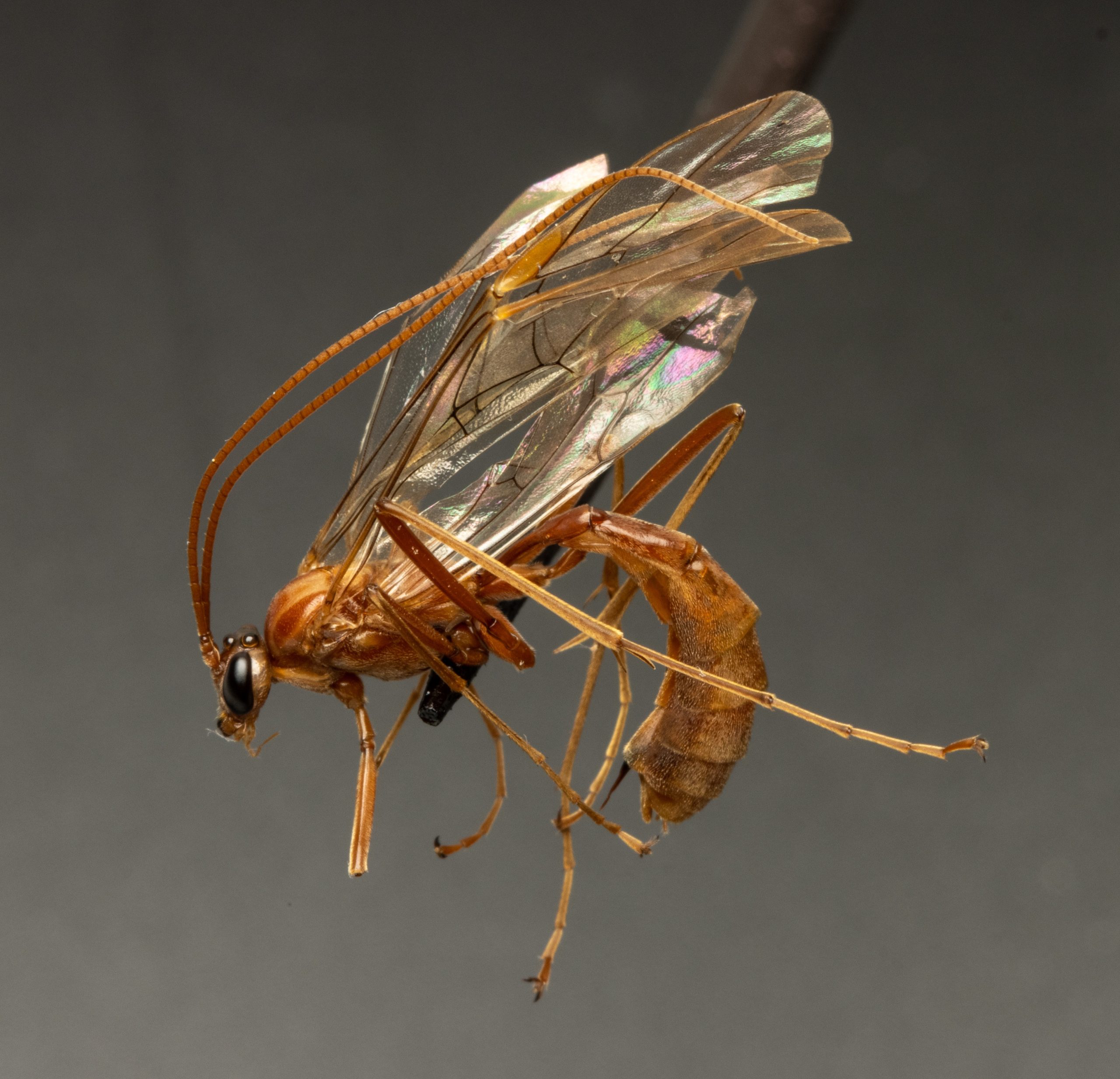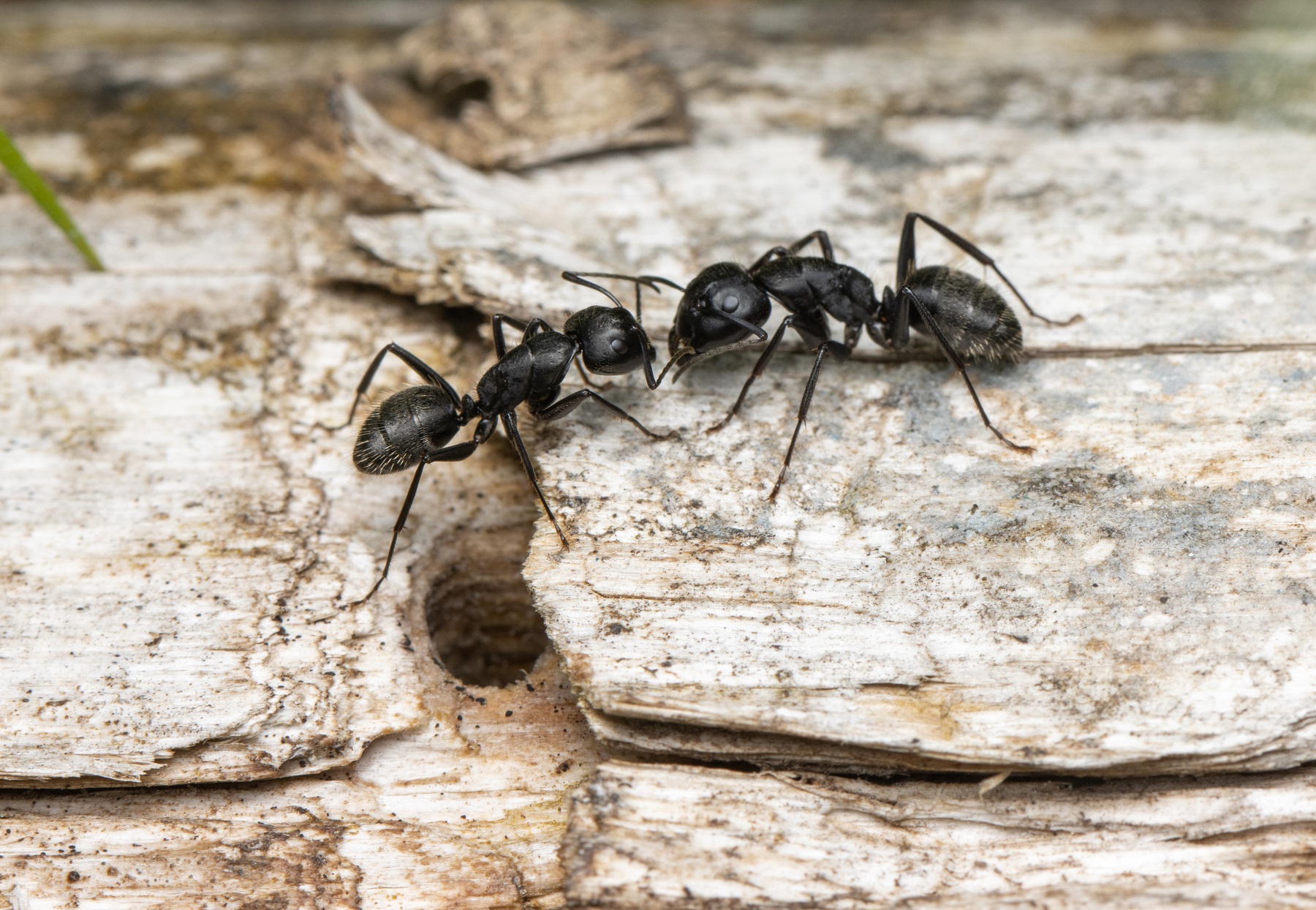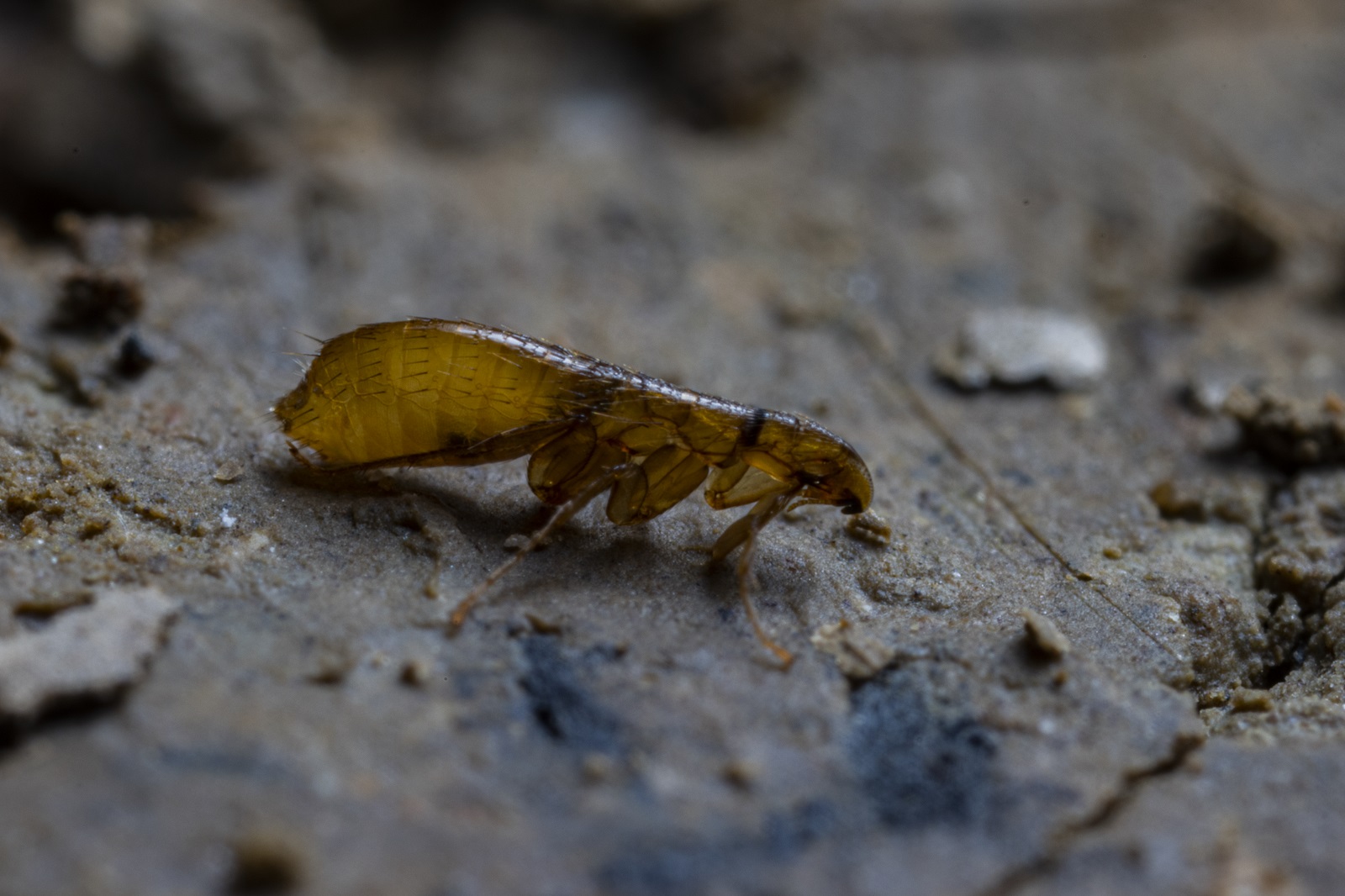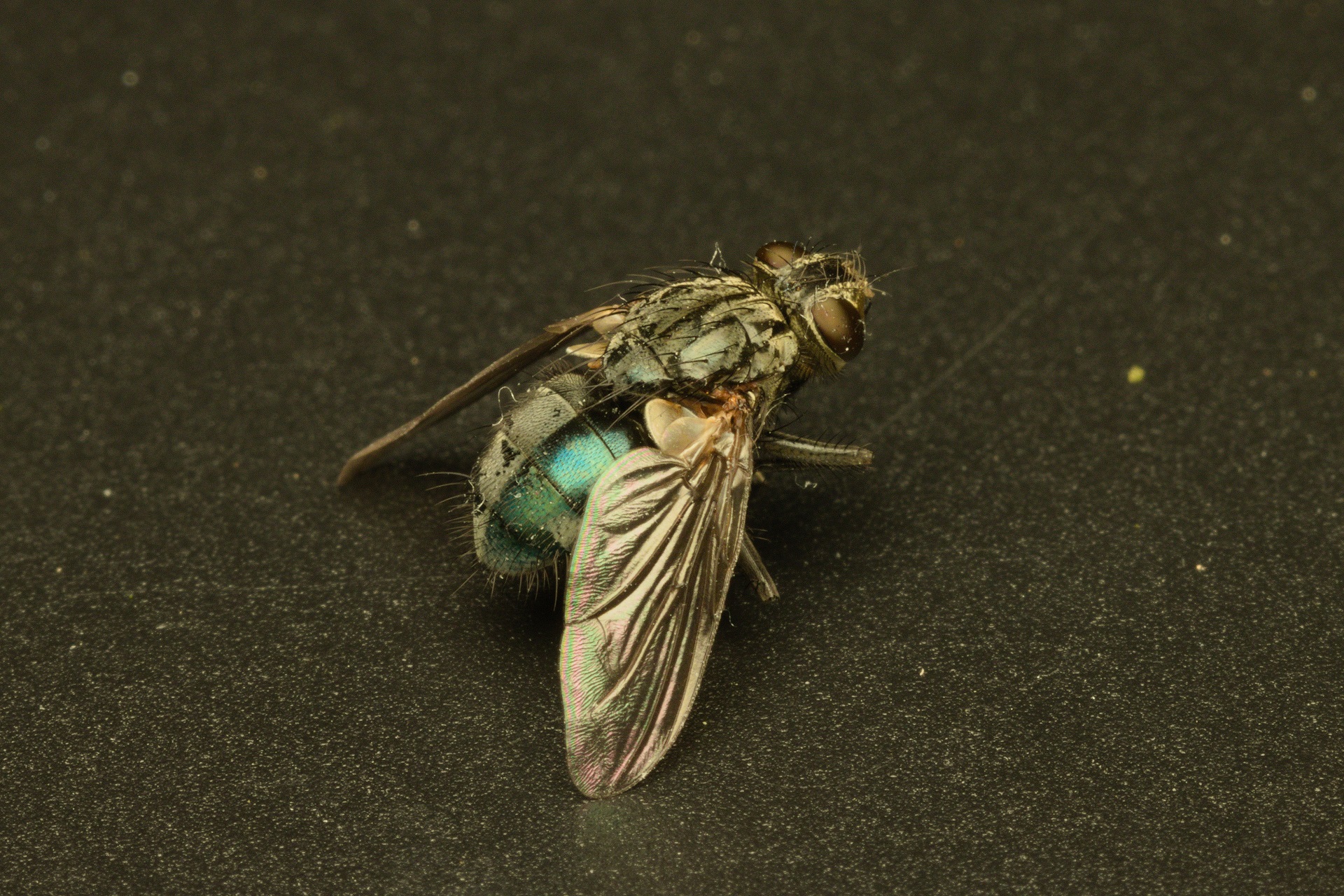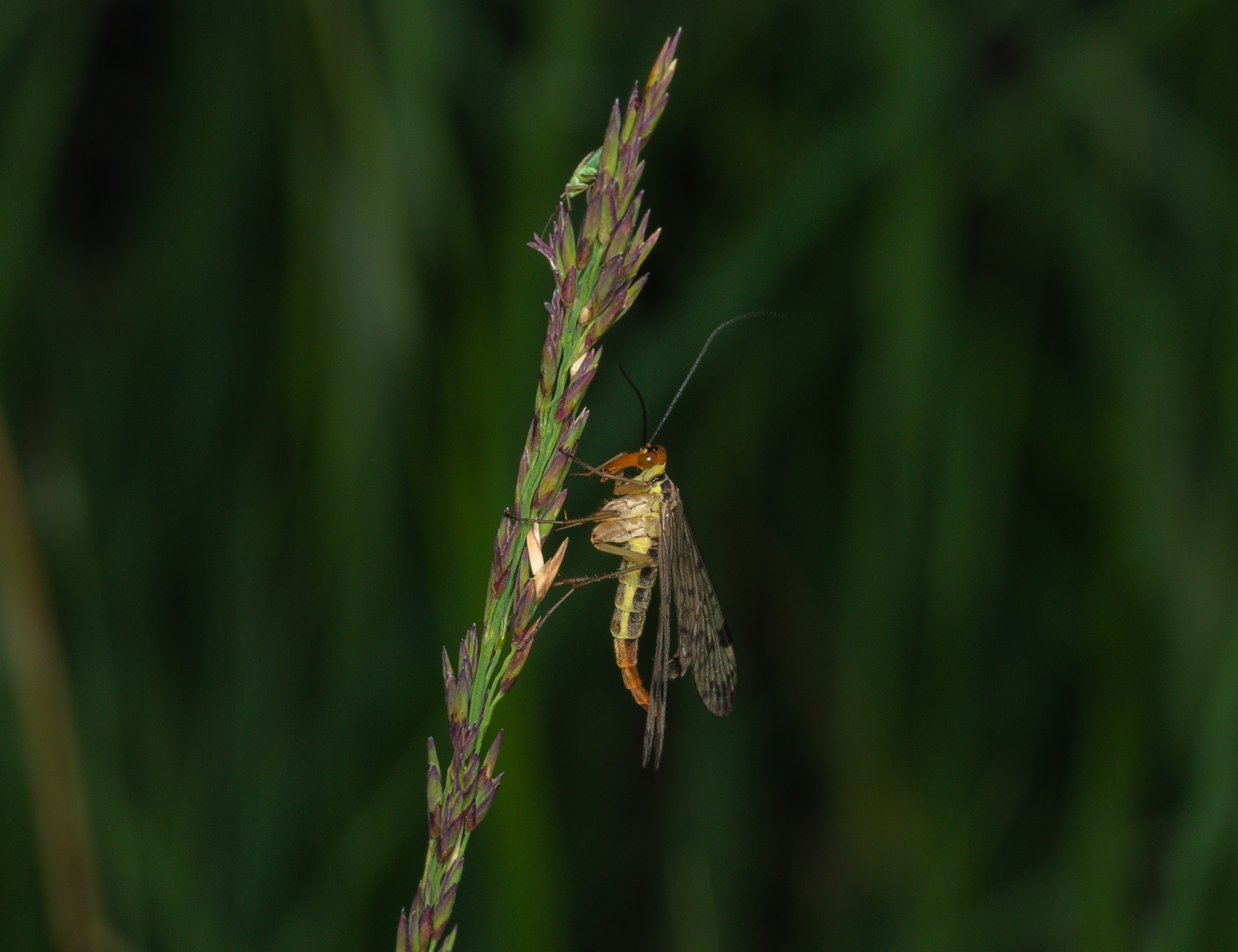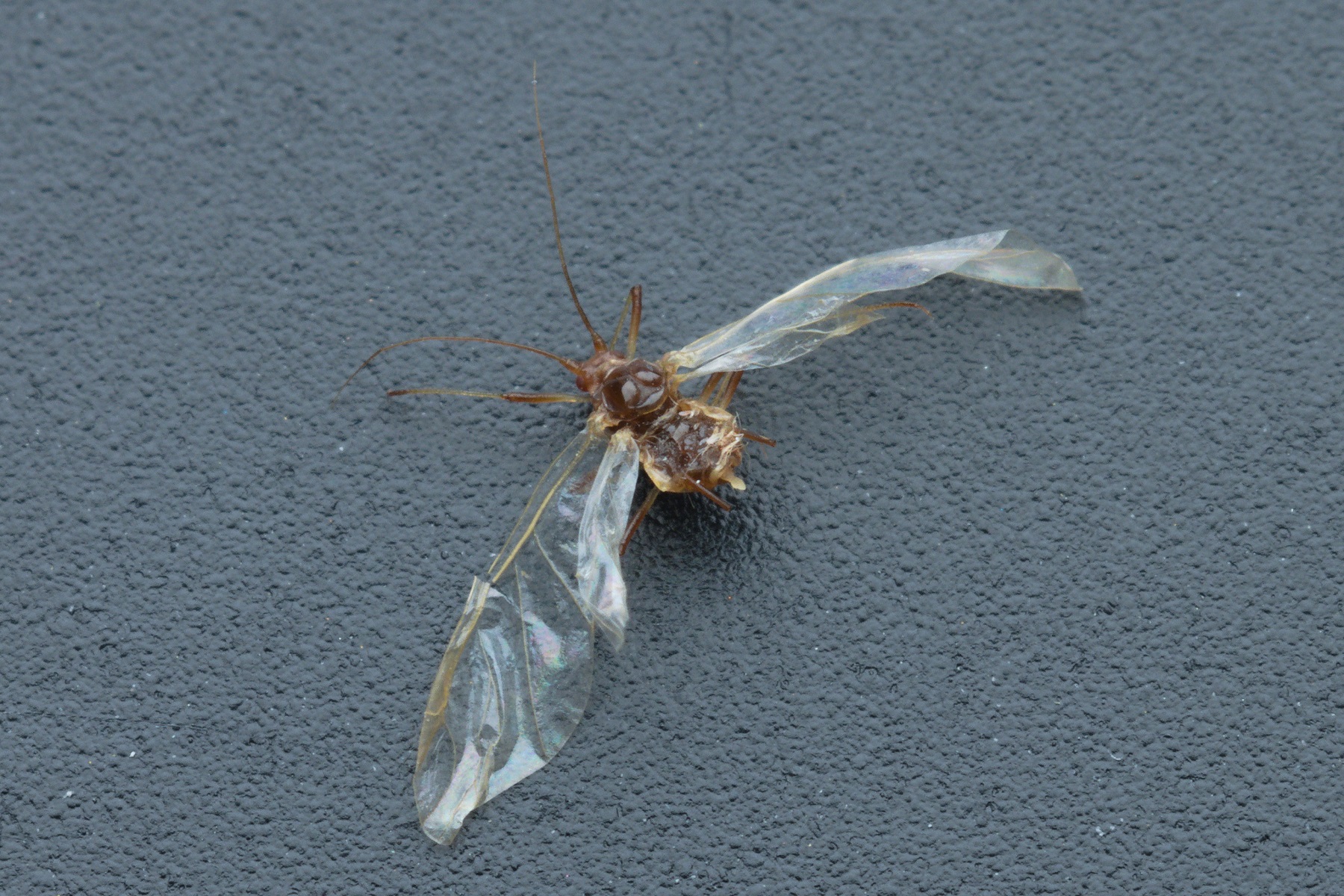Chrysopidae
Description
Green lacewings are delicate insects about a centimetre in size. They have long filamentous antennae on their heads, large, often shiny, golden compound eyes, and a strong bite. On their thorax, they have two pairs of long, similarly sized membranous wings. These are densely veined in a reticulate pattern, and the veins split dichotomously at the edge of the wing. When perched, the wings fold over the body like a roof. The rump is narrow and without rump appendages. They are mostly green or greenish brown in colour.
Biology
The family of green lacewings includes about 2,000 species, which are distributed on all continents. Adults feed on plant juices and pollen, and less often on other insects. Their larvae are extremely predatory, with elongated grasping and sucking jaws. They are used for biological control of pests on cultivated and ornamental plants, especially for aphids. The larvae secrete silk from glands at the end of their tail and pupate in a loose, spherical cocoon. Adults are active mainly at night and have a tympanal organ at the base of their forewings that they use to detect the echolocation signals of bats and thus avoid them. Females lay their eggs in clusters, but these are on long stalks, acting as a good defence against ground predators.
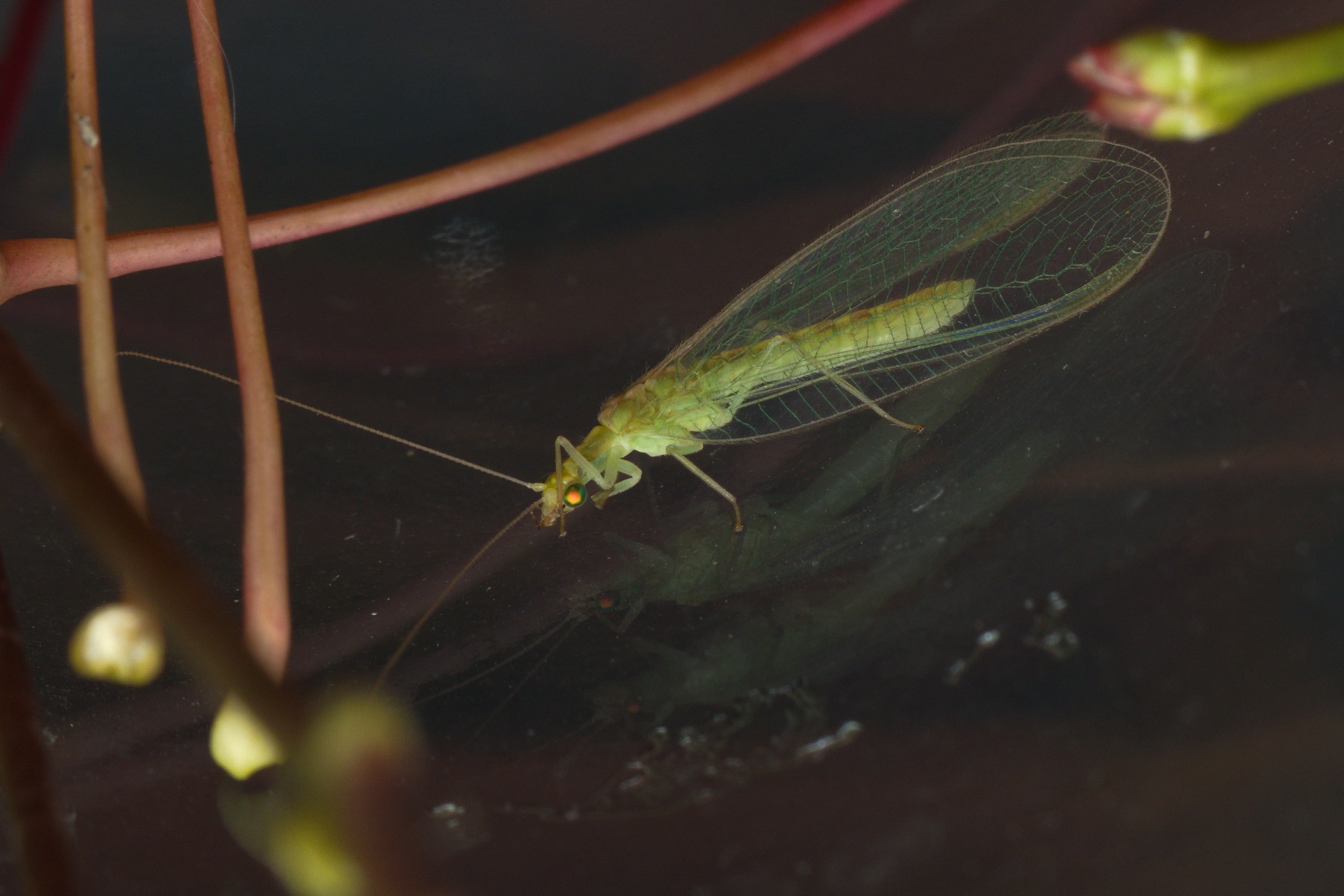
Sorodni členonožci

Authors
- Urban Bogataj,
- Gregor Bračko,
- Teo Delič,
- Cene Fišer,
- Žiga Fišer,
- Rok Kostanjšek,
- Rudi Verovnik,
- Miloš Vittori,
- Valerija Zakšek.
Students Vito Ham, Vesna Jurjevič, Gaj Kušar, and Adrijan Samuel Stell Pičman also participated in the project.
